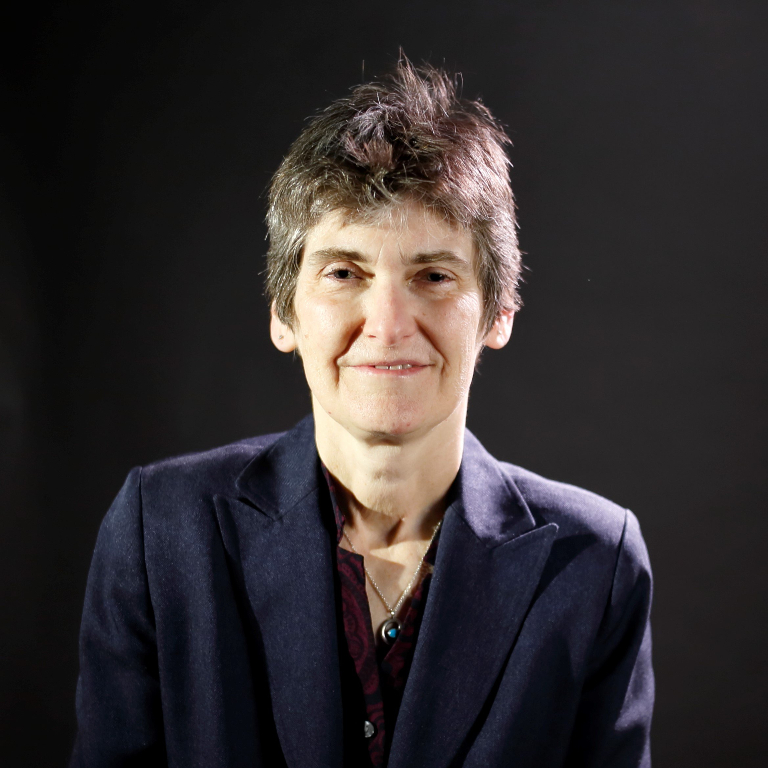The Environmental Protection Agency plans to pass on another opportunity to tighten air pollution standards. In April, the agency proposed not changing the standards for particle pollution. It announced on Monday it also doesn’t plan to tighten the standards for ozone — commonly known as smog.
Smog forms from the combination of sunlight and emissions from things like cars and industrial facilities. It can make it more difficult to breathe and aggravate lung and heart conditions.
“Based on careful reviews and the most current available scientific evidence and with consultation of our independent science advisors, EPA is proposing to retain without changes the existing ozone requirements," said EPA Administrator Andrew Wheeler.
But groups like the American Lung Association question whether the agency did use the best available science. They say there’s a lot of evidence to show that the current standards for ozone pollution don’t protect public health and should be stricter.
Janet McCabe directs Indiana University’s Environmental Resilience Institute and helped develop the current ozone standards during her time at the EPA. She says when the EPA sets these standards, it takes input from an independent advisory committee. In 2018, several members of that committee were replaced by former EPA Administrator Scott Pruitt.
“A number of people are concerned — and you will see that, you will hear that in the comments that come in — that the external peer review of this process has been — is compromised," she said.



